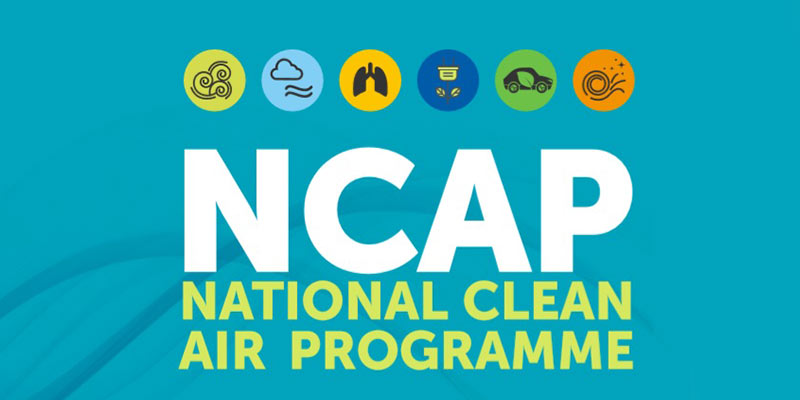- India
- Dec 18
Explainer / National Clean Air Programme (NCAP)
The first meeting of the national apex committee under the National Clean Air Programme (NCAP) was held in hybrid mode.
Union Environment Minister Bhupender Yadav chaired the meeting and said the government is committed to ensure clean air and healthy life to all residents of the country, and emphasised that fighting air pollution needs to be made a mass movement in coming years.
He expressed satisfaction that the number of cities showing better air quality increased to 96 in 2020 from 86 cities in 2019.
What is NCAP?
• The ministry of environment, forest and climate change launched the National Clean Air Programme (NCAP) in January 2019 as a national-level strategy advising the actions for reducing the levels of air pollution at city and regional levels in India.
• Under NCAP, non-attainment cities are identified on the basis of non-conforming to National Ambient Air Quality Standards (NAAQS) for five consecutive years.
• The programme is designed to support the government’s target of 20-30 per cent reduction of PM2.5 and PM10 concentration by 2024.
• While particulate matter (PM) 2.5 refers to particles in air with a diameter of less than 2.5 micrometres, PM 10 level refers to particles in the air with a diameter of less than 10 micrometres.
• Out of 132, as many as 124 cities include 34 million plus cities (MPCs)/urban agglomerations identified by the 15th Finance Commission (XV-FC).
• There are eight other million plus cities covered under XV-FC grant for receiving performance based grants for air quality improvement, which are also covered under the programme.
• NCAP has adopted an integrated approach that focuses on various mitigation and preventive measures to tackle the contributors to air pollution, namely thermal power plants, vehicular and industrial emissions, biomass and waste burning, construction and demolition waste, etc.
• Under NCAP, Rs 375.44 crore has been provided during 2019-20 to 2020-21 for taking up activities for improving the air quality in non-attainment cities and Rs 290 crore allocated to 82 cities for FY 2021-22.
• The programme has Rs 700 crore allocation for 2021-2026. Further, the 15th Finance Commission has provided a special grant of Rs 4,400 crore to 42 million plus cities/urban agglomerations for FY 2020-21. A sum of Rs 12,139 crore has been allocated for improvement in air quality of 42 million plus cities/urban agglomerations for 2021-2022 to 2025-26.
Objectives of NCAP:
• Ensure stringent implementation of mitigation measures for prevention, control and abatement of air pollution.
• Augment and evolve an effective and proficient ambient air quality monitoring network across the country for ensuring a comprehensive and reliable database.
• Augment public awareness and capacity-building measures encompassing data dissemination and public outreach programmes for inclusive public participation and for ensuring trained manpower and infrastructure on air pollution.
Actions under NCAP are being executed under three major heads:
• Knowledge and Database Augmentation
• Institutional Strengthening
• Mitigation Actions.
• Actions include expansion of ambient air quality monitoring network, source apportionment studies, mechanical sweepers, composting units, construction and demolition waste management facilities, mobile enforcement units, cycling tracks, greening and paving, etc.
• The ministry recently launched a national portal for the National Clean Air Programme “PRANA”. It is the Portal for Regulation of Air Pollution in Non-Attainment Cities which provides all information related to various policies/programmes/ schemes/activities of the stakeholders along with the progress made towards improvement in air quality across the country. This portal will be a platform for monitoring and feedback on all efforts made for air quality improvement.
Manorama Yearbook app is now available on Google Play Store and iOS App Store

